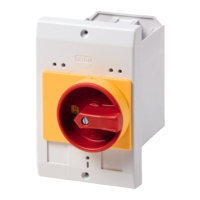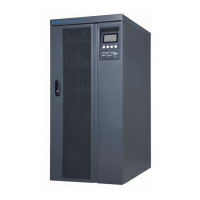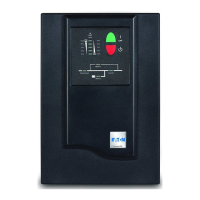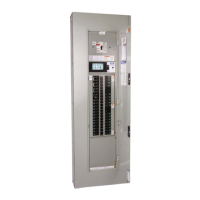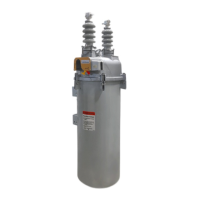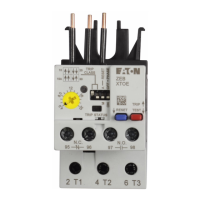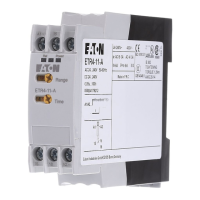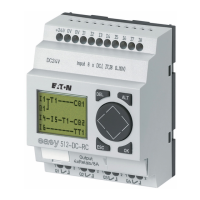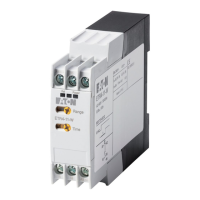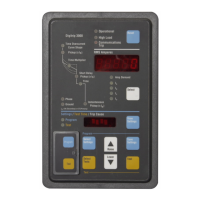• »Blo TripCmd«: This parameter is simply set to “Active” or “Inactive”, no digital•
signals are assigned. If it is set to “Active” then the trip command is blocked, but the
protection module remains active.
⇒ There is an LED indication of the blocking, the fault recording works o.k., etc. But
there is no trip command.
However, all these blockings can be functional only if the blocking functionality has been
explicitly allowed for the particular protection module. This is done by the setting »ExBlo
Fc« = “Active”. If it is set to “Inactive” then all blockings are ignored for this protection
module, i. e. the module stays operational all the time.
5.2.8
Protection Parameters
Protection settings can be either “Global Parameters” (within the menu branch [Protection
Para / Global Prot Para]), or “Setting Group Parameters” (within the four menu branches
[Protection Para / Set 1], …, [Protection Para / Set 4]).
NOTICE!
By using Adaptive Parameter Sets you can react to special situations with great
exibility, because Adaptive Parameter Sets do not aect all protection functions at once,
but only one particular protection function. For more information, see ╚═▷ “Adaptive
Parameter Sets”.
The Global Parameters are essentially the settings for blocking protection modules (see also
above). Note, however, that it is not sucient to assign a signal to e. g. »ExBlo1«. It is also
necessary to enable the blocking feature (for every module that shall use it). This enabling
setting is not a Global Parameter, but a Setting Group Parameter.
The Setting Group Parameters actually specify the behavior of a protection module. Every
Setting Group Parameter exists in every parameter set, i. e. four times. The parameter
[Protection Para / PSet-Switch] »PSet-Switch« denes which parameter set the device uses.
Since switching to another parameter set makes all protection function use another set
of setting values you can react very exibly to dierent situations that your application
might assume.
The »PSet-Switch« parameter can be either set explicitly to any of the parameter sets
“PS1”, …, “PS4”, or it can be set to “PSS via Inp fct” (switching triggered by digital
input signals, that have been assigned to [Protection Para / PSet-Switch] »PS1: Activated
by«, …, »PS4: Activated by«), or it can be set to “PSS via Comm” (switching triggered
by SCADA).
The already mentioned parameter [Protection Para / Set x / I-Prot / 50P[1]] »ExBlo Fc« is one
example for a Setting Group Parameter: It enables blocking of the overcurrent protection
module 50P[1].
Since this parameter is part of the overcurrent protection module 50P[1], we often denote
it as »50P[1] . ExBlo Fc«, instead of always writing down the full menu path. And the
functionality of this parameter is to enable blocking of 50P[1]. Only if this parameter (in the
currently active parameter set) has the value “Active” and the digital signal assigned
78 www.eaton.com E-Series Family Quick Start Guide
5 Conguration via PowerPort-E
5.2.8 Protection Parameters
